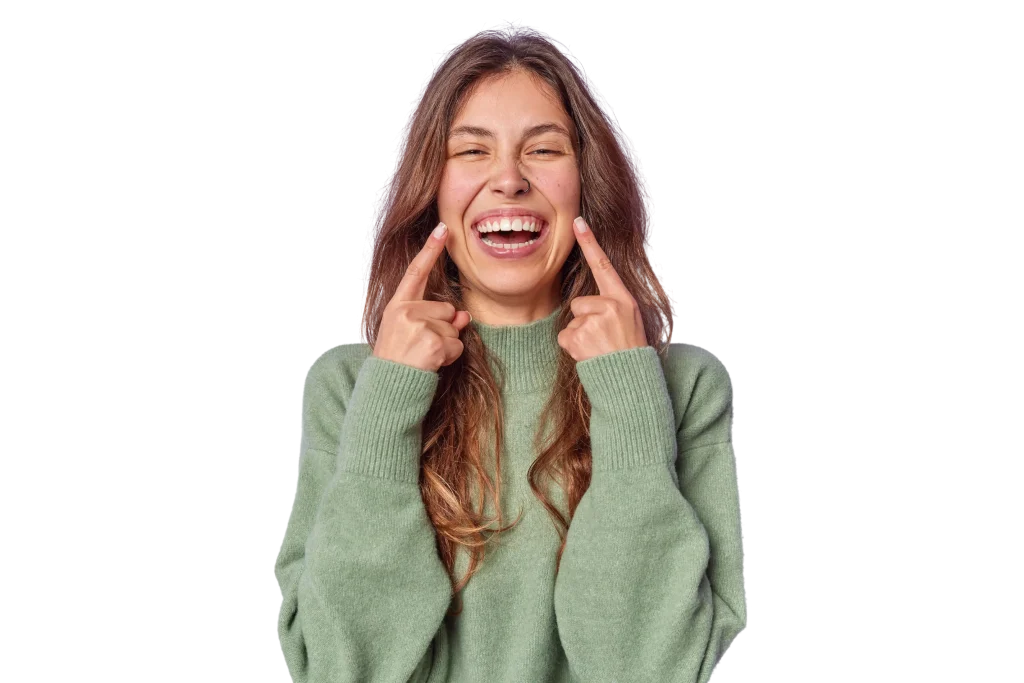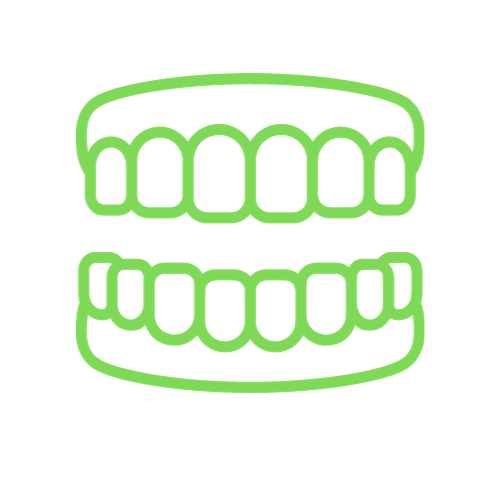Back-to-School Smile Deal! Get Braces or Invisalign Starting at Just $2,499! Get The Offer Now
Back-to-School Smile Deal!
Get Braces or Invisalign Starting at Just $2,499! Get The Offer Now
Offer expires October 31, 2025














